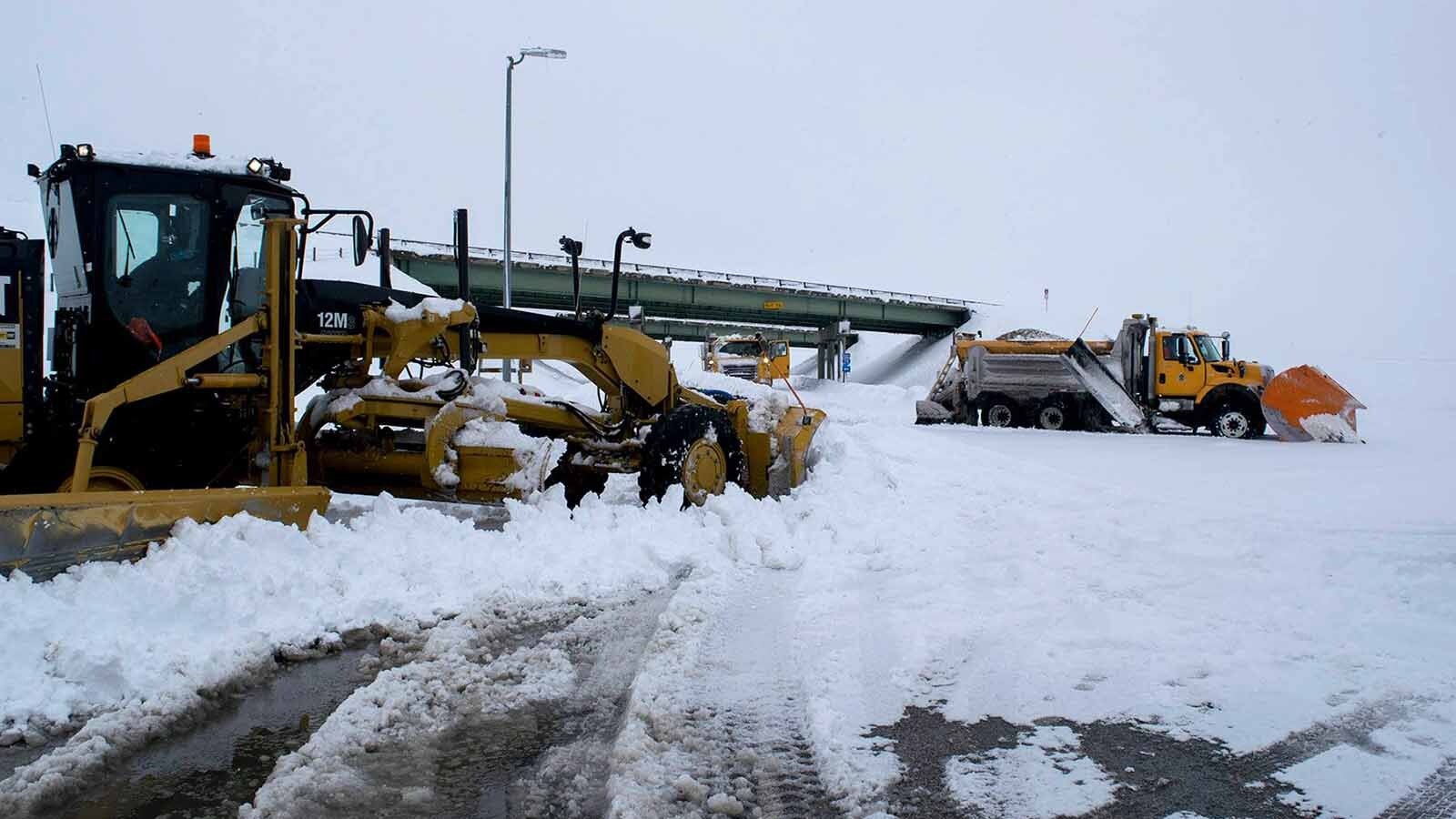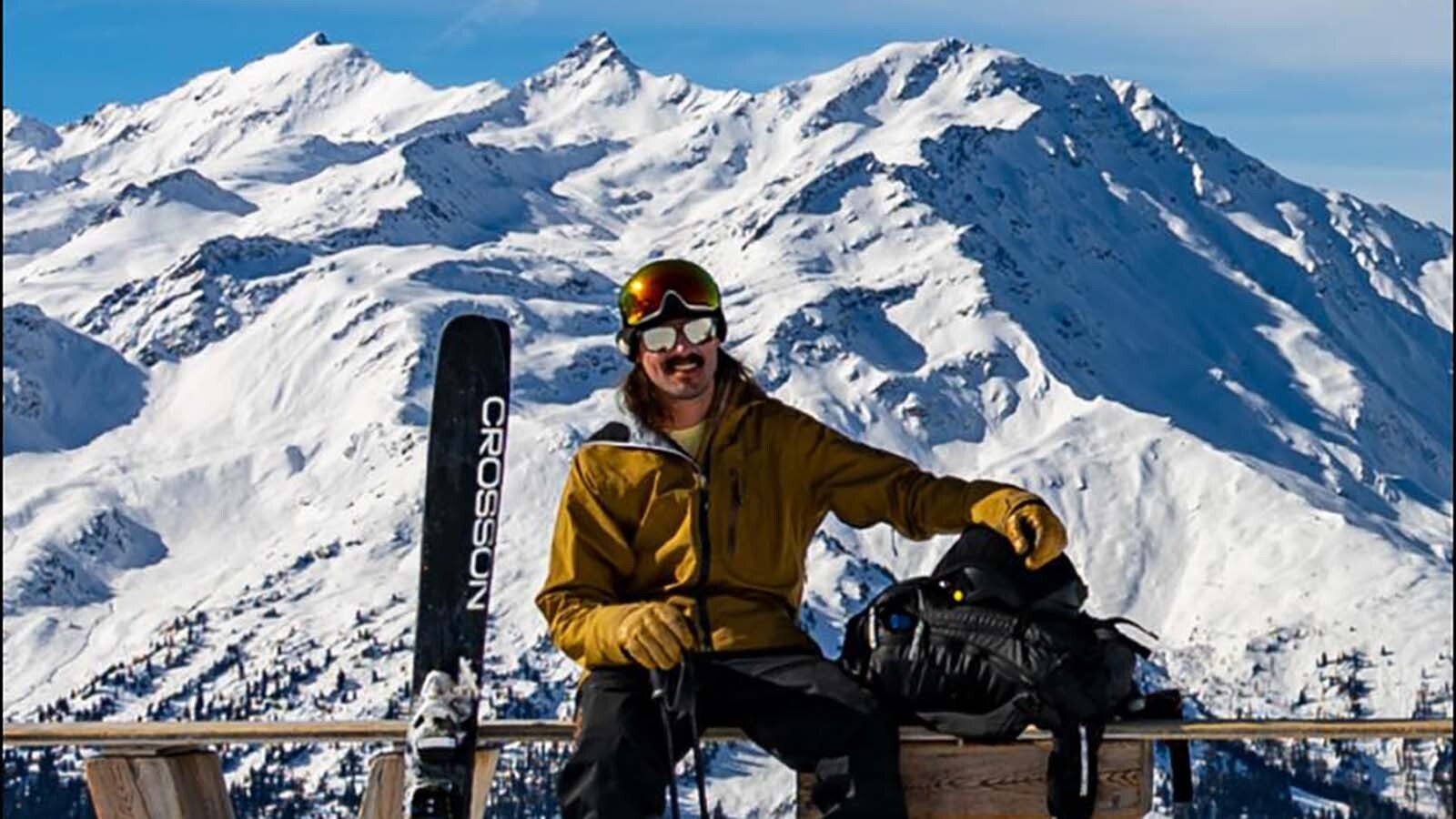These might be the dog days of summer, but Cowboy State Daily meteorologist Don Day has compiled enough information and confidence to put out his extended forecast for the upcoming 2025-2026 winter season.
While there's still plenty of uncertainty about what will unfold in the coming months, Day said he's "around 70%" confident in his analysis of how current oceanic conditions, historical data and long-range weather modeling will manifest over Wyoming between October 2025 and February 2026.
If Day's right, brace yourself and bundle up now. Wyoming's winter will come early, stick around longer, and bring plenty of snow and cold with it.
"We haven't had a good, old-fashioned Wyoming winter in a while," he said. "I think this year has the potential to be that."
Across The Divide
Day believes the 2025-2026 winter season will be colder and snowier than recent years, but is that in comparison to the 2024-2025 winter season, or to Wyoming’s 30-year average of temperature and snow accumulation?
"It's the latter," he said. "Weather doesn't happen evenly in Wyoming, but I am expecting the period of October through the end of February to be colder and snowier on the whole."
Day's "meat and potatoes" highlights of the upcoming winter include a colder fall, including cold events with snow, as early as October and November, and "moderate to high confidence" that the Rocky Mountain Region will be colder than average with above-average snowfall.
Of course, Wyoming's weather won't be equitable.
Day believes the intensity of the below-average temperatures and above-average snowfall will be determined by one of the state's most important geographic features: the Continental Divide.
"The Continental Divide acts like a wall, blocking Arctic air from going into the western slope," he said. "More often than not, we see a disparity in temperatures.
“So, for this winter, I think overall, the whole state will be colder than last winter compared to the 30-year average, but the coldest episodes will probably be in the northern and eastern counties of the state."
Regions east of the Continental Divide could have a higher chance of colder temperatures and above-average snowfall, while regions to the west could be warmer and drier.
Nevertheless, Day said both sides of the divide will experience the same winter, but with varying intensities.
"There should be more snow and cold this winter than last on both sides of the Continental Divide," he said.

Meet The Niños
Memories are short when it comes to seasonal weather, but Day has historical precedent on his side. He said the closest comparison for the 2025-2026 winter season was the winter of 2019-2020.
"That's the strongest analog, and a lot of my forecast is based on that analog," he said.
The intensity of previous winters has been determined by the dominance of the El Niño and La Niña, the ever-changing climate patterns influenced by the water temperatures of the Pacific Ocean, called the El Niño-Southern Oscillation (ENSO).
In Wyoming, El Niño tends to make Wyoming warmer and wetter, while La Niña tends to dry things up. El Niño is fast and furious, with weaker ocean surface winds spreading warmer water, while La Niña is persistent with stronger surface winds spreading cooler water.
Day described the upcoming winter as "ENSO neutral," which means neither El Niño nor La Niña is dominant. That puts Wyoming in a "gray neutral area" that hasn't been seen for several years, but historical analogs provide clues to what kind of winter we'll experience.
"The 2019-2020 winter season was the last really cold, snowy fall and winter in Wyoming overall," he said. "We haven't really had cold periods in the fall over the last several years, and the Pacific is a big reason for that."
An ENSO neutral winter means there's a strong chance for another "whiplash winter" between October and February. Day said that's a classic characteristic of a Pacific neutral.
"There's a lot of variability during these neutral Pacific situations," he said. "What I mean by that is you don't tend to be in one pattern too long. You could have a storm come in snow, and it gets cold, and then there's a warmup for a few days. It doesn't lock in. There's a lot of whiplash, a lot of back and forth."
That might sound frustrating for many Wyomingites, but Day encourages a more positive outlook. A whiplash winter means movement, and movement means moisture.
"When you have that back and forth, it means storms are coming through," he said. "If the storms are coming through that, that's going to give you more opportunities for snow and precipitation. And if you have that, you have the opportunity to be colder, overall."
Failure Modes
Day's extended forecast was compiled using several meteorological methods. He puts the "heaviest weight" on current sea-surface temperature patterns of the Pacific Ocean and historical analogs, and also taps into computer modeling.
"Computer modeling tries to forecast months in advance, which can really help or hurt, depending on how well they're able to grasp the situation," he said. "Models must start with an initial set of conditions and project over a long period of time.
“If there are changes that happen several weeks from now that the model didn't anticipate, that makes them really susceptible to error."
That said, Day has started being more transparent about the "failure modes" of his long-range forecasts. If his 2025-2026 winter forecast is wildly off, he wants Wyomingites to know why.
"If my seasonal forecast is going to go bust, I want people to know the most likely reasons why it will," he said. "You have to be able to understand what is going to cause the seasonal forecast that you're expecting.
“If it's going to go wrong, these are the things that most likely will make it go wrong. You learn from that, sharpen your pencils, and wait for the next season to try to do better."
A More Significant Winter
Day said his 2025-2026 winter forecast could be thrown off by unanticipated changes in the Pacific Ocean, which could sway things one way or the other. That's why he pulled from a variety of sources, including extensive historical data, for his forecast.
"We have been dominantly in La Niña winters for a while," he said. "That means long periods of extreme cold are less likely this winter than last. Instead of polar vortexes, we're going to have a lot of ups and downs.
“I think we'll be off to an earlier start, and we could have near or above-average snowpack statewide. The 2019-2020 winter season was a good season for snowpack."
Day said he's "at least 70% confident" in his extended winter forecast. He encourages Wyomingites to anticipate a colder, snowier winter ahead.
"I always remind people the weather never repeats itself exactly, but it rhymes," he said. "We see a rhyming with this season and other ENSO neutral seasons. I would call this a more significant winter than we've seen in several years."
A more in-depth analysis of Day's extended forecast for the 2025-2026 winter season is available on the DayWeather Podcast YouTube channel.
Andrew Rossi can be reached at arossi@cowboystatedaily.com.





